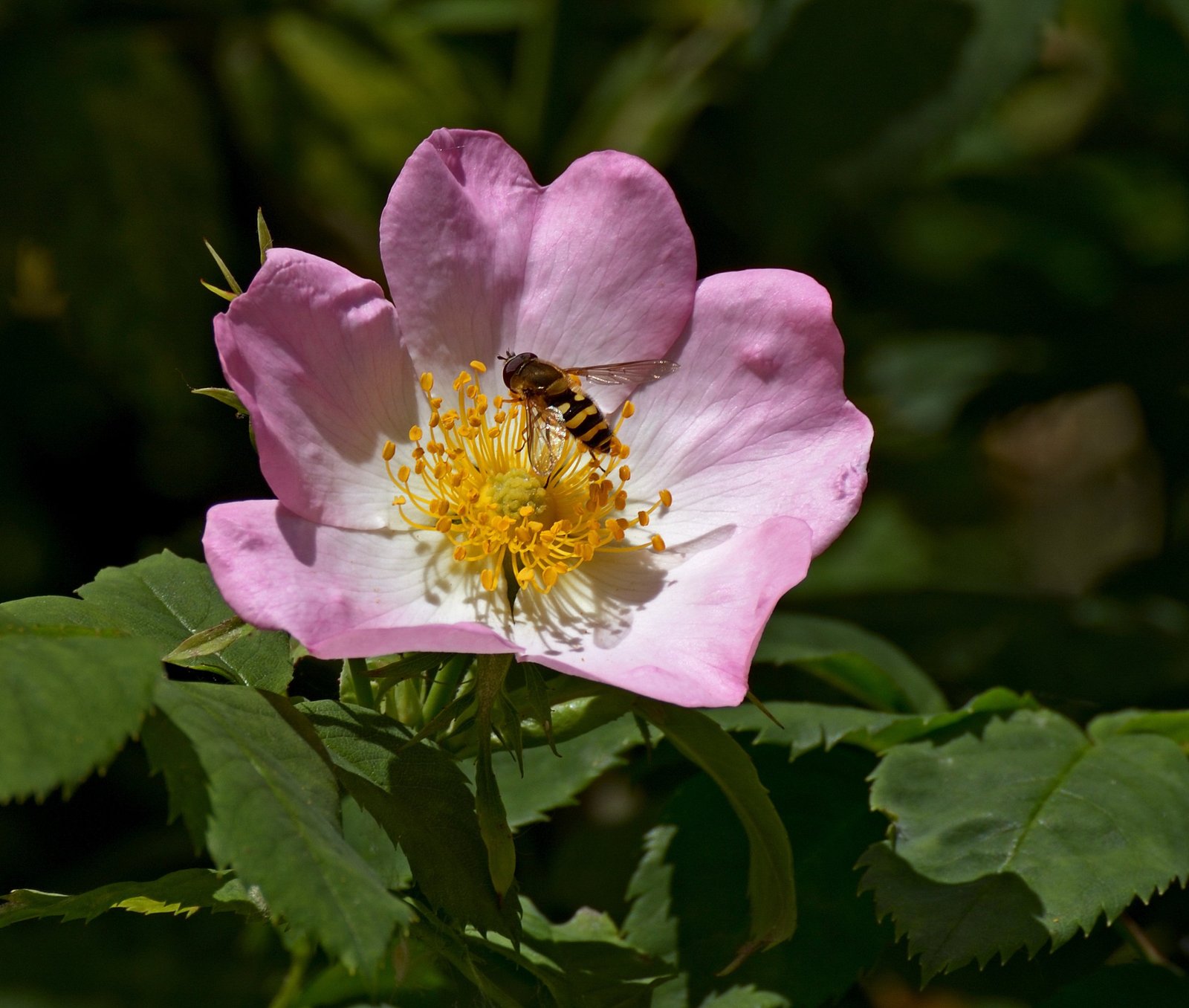What Tools Are Needed for Deadheading Roses?

For deadheading roses, you need high-quality, precision pruning tools to ensure clean cuts and minimize damage to the plant.
Pruning Shears (Secateurs)
- Recommended brands include Felco, particularly the Felco No.2, Felco 5-7, Felco F-6, and Felco F-8, which are known for their robust, forged aluminum alloy handles and strong steel blades. These shears have a bypass cutting action, which is essential for roses to avoid crushing the canes.
- Choose pruners that fit your hand size comfortably. For example, the Felco F-6 is suitable for smaller hands, while the Felco No.2 is better for medium to large hands.
Loppers
- For larger stems, loppers like the Felco F-200A-60 24\” lopper are recommended. These are durable and allow for easy blade replacement.
When Should You Deadhead Roses?

Deadhead roses immediately after the blooms have faded, usually within a few days. This encourages the plant to produce more flowers.
How Do You Deadhead Different Types of Roses?
Hybrid Teas and Floribundas
- Cut the stem at a 45-degree angle just above a leaf node (the point where a leaf meets the stem). Make the cut about 1/4 inch above the node, and ensure the cut is made on the side of the node that faces outward to promote outward growth.
Climbers
- For climbing roses, deadhead the individual flowers, but avoid cutting back the long canes unless they are dead or diseased. Cut back the flowering stems to about half their length after the blooming period to encourage new growth.
What Are the Best Practices for Disposing of Deadheaded Rose Material?
- Remove and dispose of deadheaded material to prevent the spread of diseases. Do not compost diseased or infested plant material.
- Bag the debris and dispose of it in the trash to prevent any potential pathogens from affecting other plants.
- Check local regulations regarding garden waste disposal, as some areas may have specific guidelines for disposing of plant material.
How Should You Care for Roses After Deadheading?
Watering Schedule
- Ensure the soil is consistently moist but not waterlogged. Roses generally need about 1 inch of water per week, either from rainfall or irrigation.
Fertilization
- Fertilize your roses regularly, typically in the early growing season (spring) and again after the first flush of blooms. Use a balanced fertilizer (e.g., 10-10-10 NPK) and follow the manufacturer’s instructions.
Pest Management
- Regularly inspect your roses for signs of pests such as aphids, whiteflies, and black spot.
- Use organic or chemical pest control methods as necessary, ensuring to follow the recommended application rates and safety precautions.
